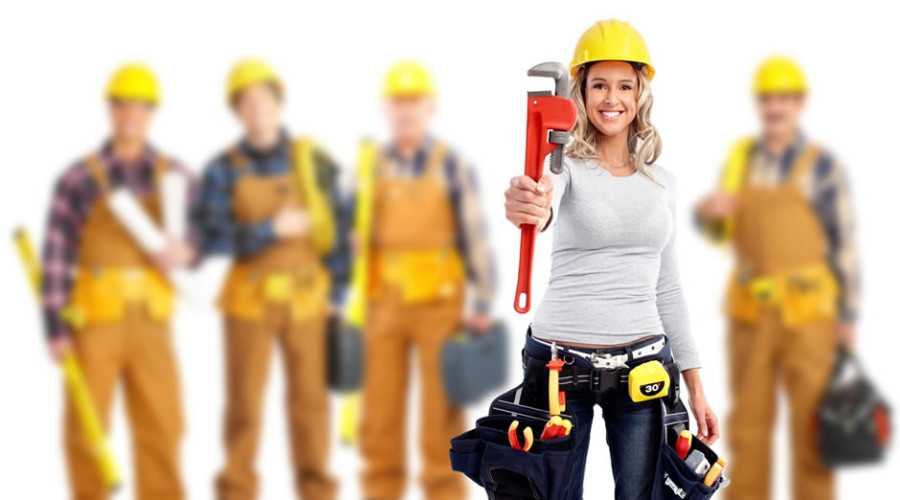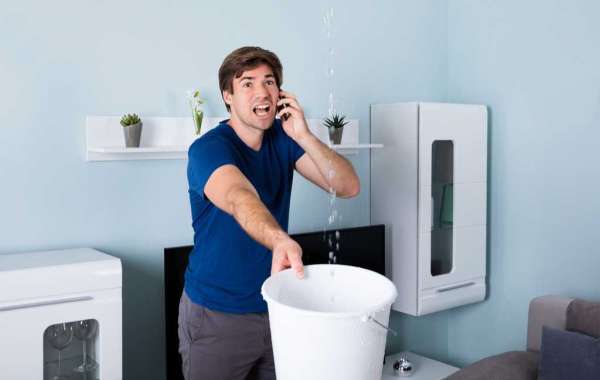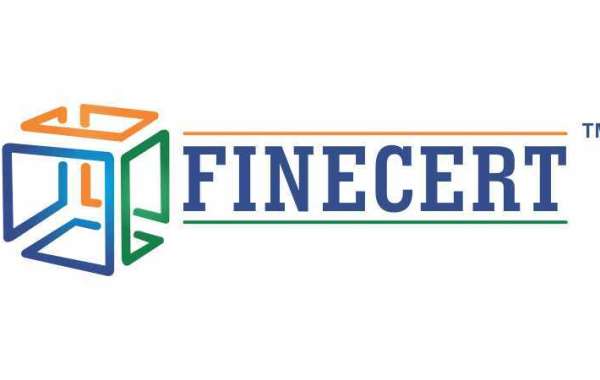
It involves inserting a lining material into the existing pipe to create a new, durable inner layer. This process restores the structural integrity of the pipe and prevents leaks and further damage. Here are the methods commonly used for pipe relining:
- Inspection and Assessment:
Before starting the pipe relining process, a thorough inspection of the damaged pipe is conducted. This may involve using cameras and other advanced equipment to assess the extent of the damage and determine the suitability of the pipe for relining by Strata Plumbing Cranbourne
- Cleaning and Preparation:
The damaged pipe needs to be cleaned and cleared of any debris, roots, or blockages that could affect the relining process. High-pressure water jetting or mechanical cleaning methods are used to ensure a clean surface for the new lining.
- Pipe Relining Material Selection:
Several types of lining materials are available for pipe relining, including epoxy resin, fiberglass, and cured-in-place liners (CIPP). The choice of material depends on factors such as the type of pipe, the severity of damage, and the specific application.
- Lining Insertion:
The chosen lining material is impregnated with epoxy resin and inserted into the damaged pipe. For CIPP liners, a flexible fabric tube coated with resin is inverted into the pipe and positioned using pressurized air or water.
- Inflation and Curing:
Once the lining material is in place, it is inflated to adhere to the inner walls of the existing pipe. Heat or ultraviolet light is then applied to cure the resin, creating a strong, seamless, and watertight inner layer.
- Quality Control and Inspection:
After the curing process is complete, a final inspection is conducted to ensure that the relining was successful. Cameras and other inspection tools are used to verify the integrity of the new lining and ensure that it conforms to the original pipe's shape and dimensions.
- Reconnection and Restoration:
Once the pipe relining is verified, any connections, branches, or junctions are reinstated using robotic cutting tools. The pipe is then put back into service, and any disturbed surfaces are restored to their original condition.
- Benefits of Pipe Relining:
Minimal Excavation: Pipe relining eliminates the need for extensive excavation, reducing disruption to the surrounding environment and minimizing costs.
Durability: The new lining material provides a strong, corrosion-resistant inner layer that extends the life of the pipe.
Smooth Flow: The seamless lining improves flow capacity and prevents blockages caused by irregularities in the pipe's interior.
Reduced Downtime: Pipe relining is a relatively quick process, minimizing downtime and allowing the pipe to be back in service sooner.
Pipe Relining Cranbourne is a modern and effective method for repairing damaged pipelines. The process involves assessing the damage, cleaning the pipe, inserting and curing the lining material, and conducting thorough inspections. With its benefits of minimal excavation, durability, smooth flow, and cost-effectiveness, Local Plumber Cranbourne offers a reliable solution for restoring the functionality and integrity of damaged pipes in various applications, from residential plumbing to commercial and industrial infrastructure.








